4 Self-Care Practices to Disconnect from Work
{By: Gina Messina} It can sometimes feel impossible to “shut off” and “leave work at work” so you can be fully present for the rest of your life. New technology means that we’re never really unreachable. And with more and more of us now working remotely, the line between work and non-work activities has become even more blurred.
But we need to know how to disconnect from work to be able to develop a healthy work-life balance for ourselves ー and research has shown that a healthy work-life balance is key to our overall health and wellness.
4 Self-Care Practices all Woman can Use to Disconnect from Work
1. Create a transition ritual
It can be jarring to suddenly shift from “work mode” to “relaxing at home mode,” especially when your work space is just another room in your home. Instead of jumping right into it, try creating a transitional buffer between your work hours and the rest of your life.
Many people find it helpful to create a transition ritual to perform every day after finishing work. This doesn’t need to be elaborate, but just a daily routine that lets your mind and body know that it’s time to unplug. It’s the same idea as having a bedtime routine, which sleep experts always recommend for people with insomnia. Routines like this tell your brain that it’s time to shift into a different energy level.
If you commute to work, this is an easy time to incorporate a transition ritual. You might listen to a short guided meditation, or a relaxing song, during your commute. You could practice breathing techniques or mentally list the positive things that happened at work during the day. Just make sure you don’t relax your body so deeply that it becomes dangerous to drive!
If you work from home, you might think about incorporating a transition ritual right after you close your laptop. Perhaps you can make it a routine to go for a hike or a jog right after you sign off for the day. Maybe simply lighting a candle and watching its flame for a few minutes might help.
It doesn’t matter so much what specific activities you include in your transition ritual. Just the time to create a little space between your work life and home life ー and then commit to not engaging in work after you’ve completed your ritual.
2. Get grounded in the present moment
When it feels like your body is in one place and your mind is in another, one of the best things we can do is to practice a grounding exercise. In the world of psychology, grounding is the act of connecting to the physical reality of the present moment. It’s so powerful that it’s often used for people who experience trauma flashbacks and dissociative episodes.
Try the popular 5-4-3-2-1 grounding technique when you feel like you left your head at the office. This exercises grounds you to the present moment through your 5 senses.
First, list 5 things you can see around you. Describe them in detail; what shape and color do they have?
Next, list 4 things you can hear. You may want to close your eyes for this part, so that you can focus on distant sounds.
Now, find 3 things you can touch. Really be present with how they feel. Are they cool to the touch? Warm? Are they rough or soft?
Next, try to identify 2 things you can smell. This one may be difficult, so feel free to move around to find items with strong fragrances.
Lastly, use your sense of smell.
Use this activity every time you don’t feel 100% present after you’ve gotten home from work. This should help bring awareness that right now, in this moment, you aren’t at work ー and you deserve to enjoy your down time.
3. Leave it in the journal
Journaling is a practice that’s often recommended for people who struggle with anxiety and depression. There are many different ways to use the practice of journaling, and one of them is called a “brain dump”. Instead of journaling to deeply explore your thoughts and feelings, the idea behind “brain dump” journaling is to just get all of your worries down on paper ー and then move on with your day.
If you’re struggling with thoughts and worries about work long after you’ve clocked out, try this technique. It might be more helpful than trying to banish all thoughts of work out of your mind completely. A brain dump journal can give you an opportunity to get lingering worries out of the way before transitioning completely into your time off.
4. Set boundaries, both for yourself and for your colleagues
Finally, here’s one of the most important things you can do to keep a healthy separation between your work and home life: set boundaries.
As women, it can sometimes be hard to say “no”. Saying no and maintaining your limits can often come with feelings of guilt, shame, and inadequacy.
But if you don’t have strong boundaries with your teammates, then it’s unlikely that any of the previous activities will be enough to truly be able to disconnect from work. One of the reasons researchers think that women are more stressed at work than men is because of the expectation that’s placed on them to say “yes” to everything.
As hard as it can be, setting interpersonal boundaries is a powerful self-care practice for professional women. Be clear with your colleagues about your working hours. Let them know that you won’t be answering work calls after hours ー and then maintain that boundary. The more you do it, the easier it will become.
It’s also important to set boundaries with yourself. What do you need to be able to keep the boundaries you set? Often, the answer to that question is a deeply personal one.
One thing that may help you to set boundaries is to be mindful about your technology use. Do you need to lock your work laptop in another room when you’re not working? Turn off your work phone? Give yourself whatever you need to draw the boundary and stick to it.
You deserve a healthy work-life balance
Every person deserves to have a healthy work-life balance. Leaving work at work can help us develop more fulfilling relationships, lower our stress levels, and make us more productive when we are at work.
These are just a few opportunities to engage in self-care to disengage from your career role and reconnect to yourself as a person with an identity beyond your job. You may already be practicing some or you may have others that are critical for your wellness. Consider how you can incorporate these into your daily practices, and you will likely notice an important shift sooner than later.Gina Messina, Ph.D., M.B.A. is Associate Professor and Executive Director of the Institute for Women, Wellness & Work at Ursuline College. She is also an award winning author and certified leadership coach for women. Connect with her on her website, LinkedIn, and Instagram.






